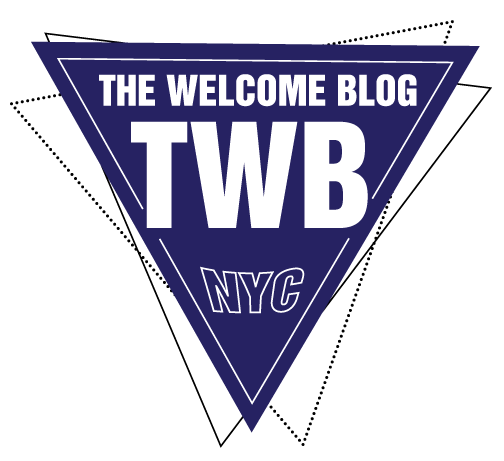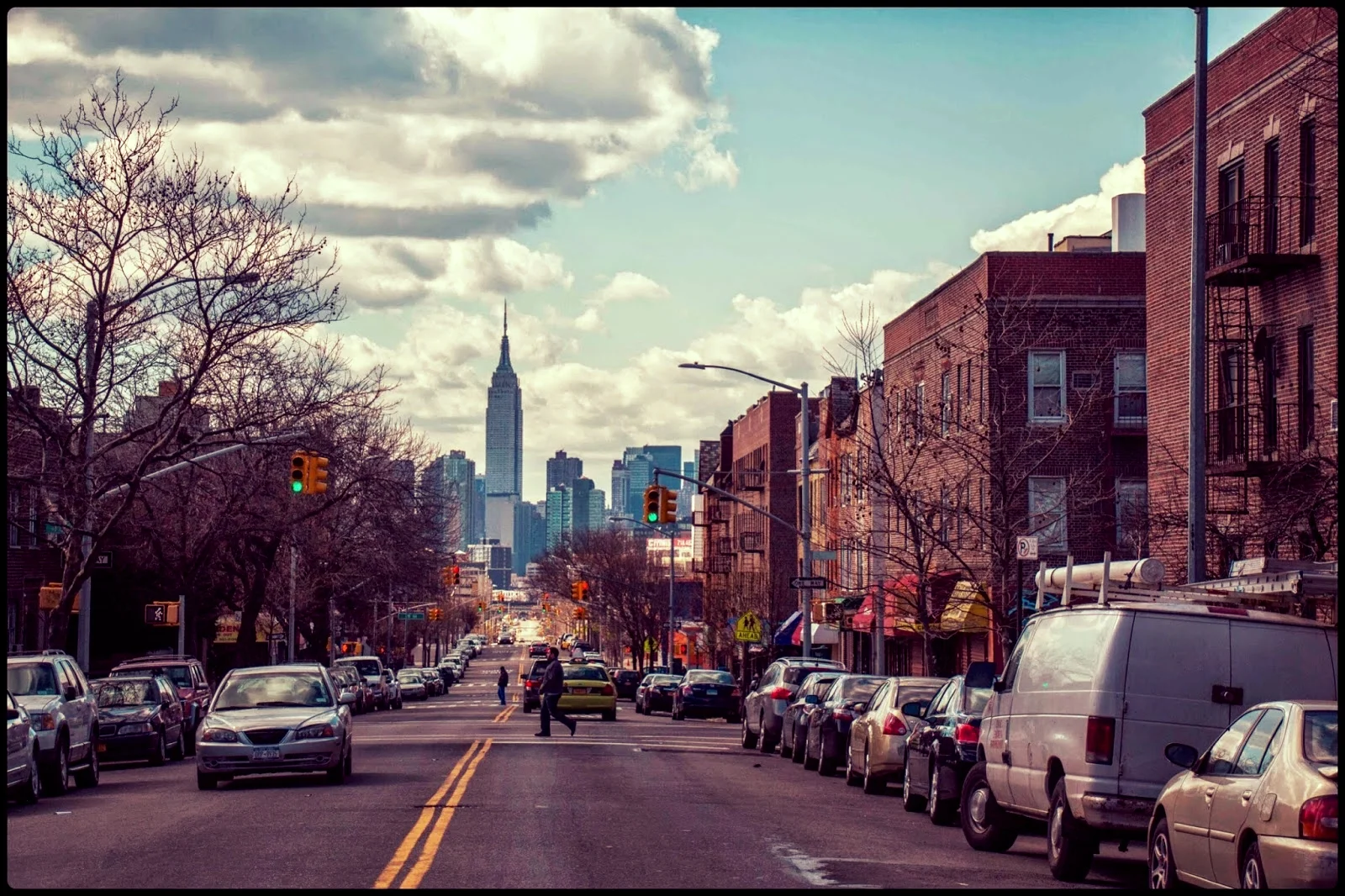City of Desire | 1880-1942
Like Ric Burns and James Sanders said: "Every great city is, of course, in some sense also a great story. The city of New York, unparalleled in its size, grandeur, and complexity, has engendered, over the course of its turbulent and spectacular history, a story that is nothing than an urban epic–as richly peopled, as dramatically plotted, and as movingly profound as any great fiction."
CITY OF DESIRE | 1880-1942
DUMBO and the Brooklyn Bridge 1918 | Image: New York City, Department of Records
““It is a story rich in superlatives. New York has contained, over time, the world’s tallest buildings, the longest bridges, the busiest subway, and the busiest ports. Its mixtures of people and cultures are the most diverse in the world. It has more newspapers, magazines, publishers, theaters, art galleries, and restaurants than anywhere else.””
Third Avenue Railway – The Third Avenue Railway System (1853–1956), was a streetcar system serving the New York City boroughs of Manhattan and the Bronx. along with lower Westchester County | Image: New York City, Department of Records
28th Street and Second Avenue (1931)
““The firmament that is New York is greater than the sum of its constituent parts. It is a city and it is also a creature, a mentality, a disease, a threat, an electromagnet, a cheap stage, a monstrous vortex of contradctions, an attraction-repulsion mechanism so extreme no one could have made it up.””
28th Street (1930)
42nd Street (1880) | Image: New York City, Department of Records
““It is a story rich in contradictions. The wealthiest of Americans cities, New York has also been since the middle of the nineteenth century home to the greatest number of urban poor.””
Bushwick, Brooklyn (1930) | Image: New York City, Department of Records
Lower East Side (1935) | Image: New York City, Department of Records
““The most relentlessly commercial of cities, embodying what Joseph Schumpeter once called “creative destruction of capitalism,” it has also – and partly for that reason – been more aggressive than any other in America in looking for ways to mitigate the excesses of the capitalist system.””
42nd Street from Second Avenue | Image: New York City, Department of Records
Astoria Park Pool (1940) – Astoria Park in Queens, is equipped with one of the most popular swimming facilities in the country, which also happens to be the oldest and largest swimming pool in New York City. Planned by Parks Commissioner Robert Moses, the outdoor pool is 54,450-square-feet and measures 330 feet in length. Harry Hopkins, the administrator of the Works Progress Administration (WPA), which provided the labor to construct the pool, described it as “The finest in the world.” According to NYC Parks, it has been said that it was intended to be the “grandest” of the eleven pools Moses intended to install throughout the city in the summer of 1936 — possibly because it provided the best view of the Triborough Bridge, which was completed in the same year. | Image: New York City, Department of Records
Workers at the Brooklyn Bridge ( 1914). The Brooklyn Bridge opened to the public on May 24, 1883, thereby connecting Manhattan with Brooklyn for the first time. Dubbed the “Eighth Wonder of the World,” early visitors gawked at its immense granite towers and thick steel cables, not to mention its birds-eye views. The bridge, which took 14 years and around $15 million to complete, remains among New York City’s top tourist attractions and a busy thoroughfare for commuters. Brooklyn did not become part of New York City until 1898, following a referendum that passed there by just 277 votes (out of more than 129,000 cast). | Image: New York City, Department of Records
Brooklyn Bridge workers (1915) | Image: New York City, Department of Records
““New York is like poetry. The island of Manhattan is without any doubt the greatest human concentrate on earth, the poem whose magic is comprehensible to millions of permanent residents but whose full meaning will always remain elusive.””
Chinatown from Williamsburg Bridge (1923) | Image: New York City, Department of Records
Midtown Manhattan (1932) | Image: New York City, Department of Records
““The grandest of all public arenas, it is also a patchwork of small communities, at once the most cosmopolitan of places and yet the most parochial. To many foreigners, New York represents American. To many Americans, it represents all that is foreign.””
Coney Island (1923) | Image: New York City, Department of Records
DUMBO and the Brooklyn Bridge (1918) | Image: New York City, Department of Records
Washington Street in DUMBO, Brooklyn (1908) and the construction of the Manhattan Bridge. The bridge was officially opened to traffic on Dec. 31, 1909. | Image: New York City, Department of Records
Let's take a break and watch a short video
Grand Central Terminal main concourse (1923). The smoke inside is from cigarettes. At some point, the ceiling completely covered with a dark patch. It was formed by over 100 years of dirt and, mostly, the result of decades of smoking in the terminal. MTA's Marjorie Anders explains: "The remaining dirt is a combination of tarry nicotine from the millions of cigarettes, cigars and pipes once consumed in the Terminal by generations of travelers and the soot and steel dust that stuck to it. Smoking was banned in Grand Central Terminal in March 30, 2003, the same time the ban went into effect citywide." | Image: New York City, Department of Records
Park Avenue street fair (1932) | Image: New York City, Department of Records
““New York tears itself down and rebuilds itself, embodying all that is new, it nevertheless has the richest historical heritage of any city in the United States of America. It is the city of desire.””
Queensboro Bridge (1929) | Image: New York City, Department of Records
6th Avenue and 40th Street (1940) | Image: New York City, Department of Records
Times Square (1938) | Image: New York City, Department of Records
““Like crucible for all cities, offering a stunning vision of the future, it also offers a remarkable window onto the past. It is the ultimate city of money and the ultimate city of the imagination. In its story from the the very start, money and imagination has been inseparable and intertwined.””


























